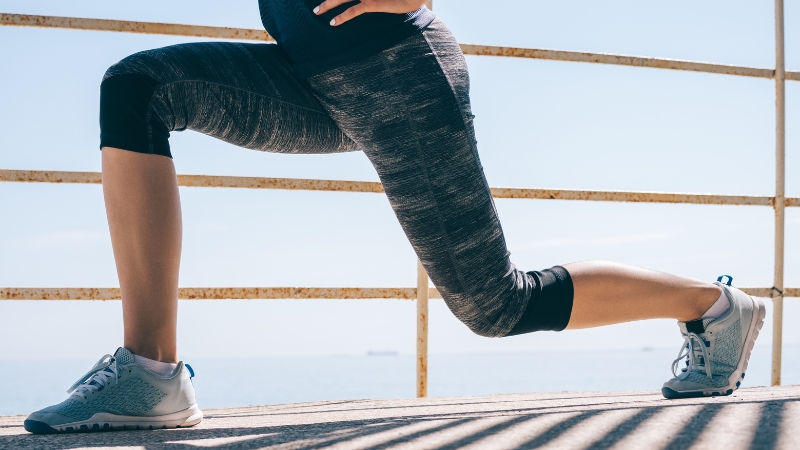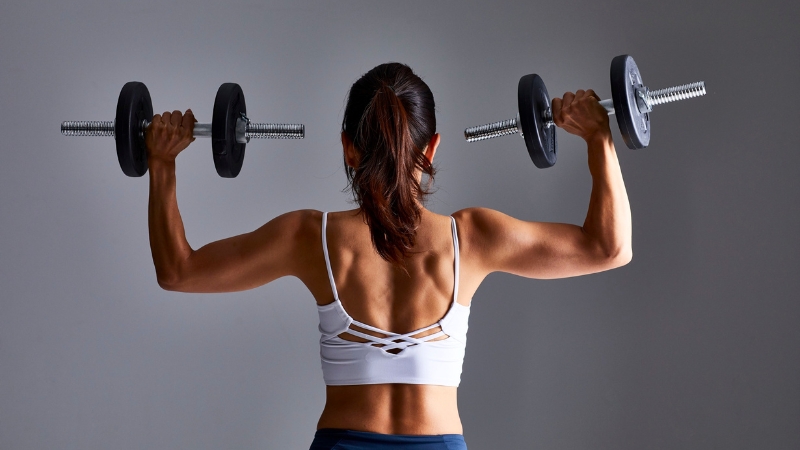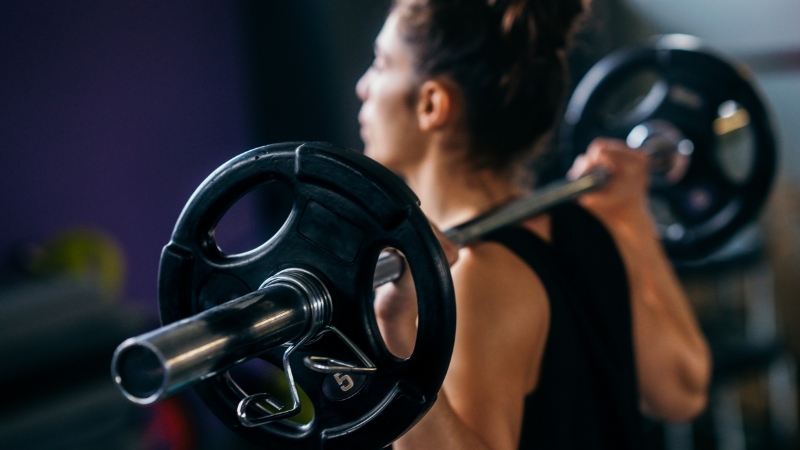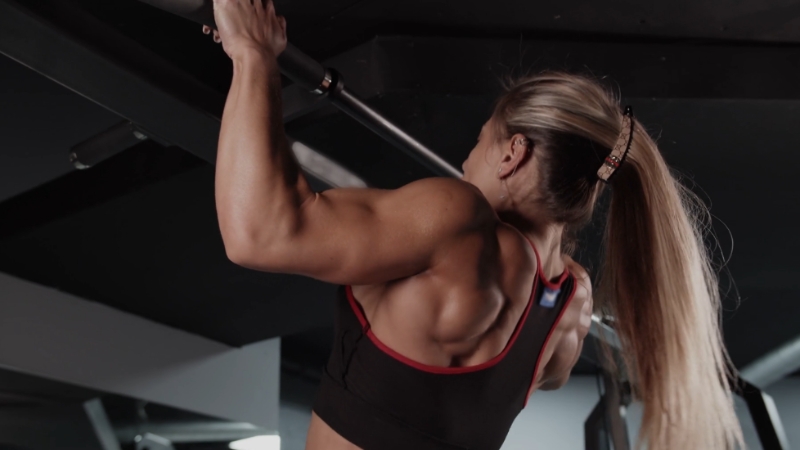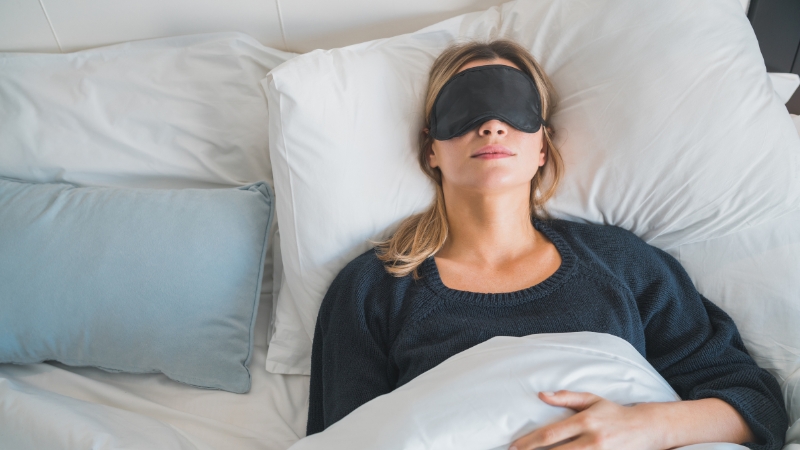
Share Post:
Neck pain in the morning is often less about what you did yesterday and more about how you slept last night. Your sleep position plays a major role in spinal and neck alignment, and poor posture during sleep can lead to tension, stiffness, or even long-term issues like cervical disc strain.
The good news? With a few adjustments to your pillow, mattress, and posture, you can improve neck alignment and wake up feeling genuinely rested. Here’s how to do it based on your preferred sleeping position.
Table of Contents
ToggleBack Sleepers: Keep It Neutral and Gentle

If you sleep on your back, you’re already in a solid position for spinal health—this posture naturally aligns the head, neck, and spine. But to truly support your neck, you need the right pillow that gently cradles the natural curve of your neck without pushing your head too far forward.
Most back sleepers benefit from a medium-loft pillow, ideally one that offers subtle contouring. Think of it this way: your head should feel like it’s resting in a supportive cradle, not sitting on a perch.
If your chin is tilting down toward your chest, your pillow is too thick. On the other hand, if your head tilts back awkwardly, it’s too flat.
Adding a small rolled towel or thin cushion under the knees can also help reduce tension in the lower back and encourage a more neutral spine, which indirectly benefits neck posture as well.
| Pillow Feature | Why It Helps |
| Medium loft | Keeps head level without pushing neck forward |
| Contour shape | Support the neck’s natural curve |
| Memory foam/latex | Conforms to the head and neck for even support |
| Gentle firmness | Prevents sinking without creating stiffness |
Side Sleepers: Balance Your Head and Spine
Sleeping on your side is the most common position, but it also creates the most opportunity for misalignment, especially if your pillow isn’t supporting the space between your shoulder and head. When your head tilts downward all night, your neck muscles stay slightly contracted, which can leave you feeling tight or uneven in the morning.
A good side-sleeper pillow needs to be firm and tall enough to hold your head level with your spine. Imagine drawing a straight line from your neck to your tailbone—that’s the alignment you’re aiming for.
Materials like memory foam or adjustable-fill pillows (which allow you to add or remove filling) work well for this, as they mold to your shape and maintain that support throughout the night.
It’s not just about the pillow, though. For full-body alignment, placing a pillow between your knees can keep your hips from twisting, which also helps keep your neck and spine aligned from top to bottom.
And if you’re in the process of replacing your bedding setup, remember that choosing the perfect size of both pillow and mattress matters just as much as firmness. A pillow that’s too short for broad shoulders or a mattress that’s too soft at the edges can undo everything you’re trying to improve.
| Shoulder Width | Recommended Pillow Loft | Best Materials |
| Narrow shoulders | Medium loft | Shredded foam, fiberfill |
| Average shoulders | Medium to high loft | Memory foam, latex |
| Broad shoulders | High loft | Adjustable fill, contour |
Stomach Sleepers: Consider a Change

Let’s be honest—stomach sleeping is the toughest position for maintaining healthy neck alignment. Turning your head to one side for hours puts uneven strain on the cervical spine, often compressing one side while overstretching the other. It also flattens the natural curve in your lower back, causing a chain reaction of tension along the spine.
If you’re a dedicated stomach sleeper and find it hard to change, there are still things you can do to reduce the strain. First, switch to a very thin pillow or even go without one under your head. This helps minimize the angle at which your neck is twisted.
Second, try placing a firm pillow under your hips or pelvis—this can lift your midsection slightly and ease pressure on both the neck and lower back.
Still, the best long-term strategy is transitioning to side sleeping using supportive tools like a full-body pillow. These give your body something to hug and lean into, making it easier to stay on your side throughout the night.
The Role of Your Mattress in Neck Alignment
Your pillow handles your head and neck, but your mattress handles the rest of your spine. If your mattress is too soft, your shoulders and upper back may sink too deeply, throwing your neck out of alignment even if your pillow is perfect.
On the flip side, a mattress that’s too firm can create pressure points and make it harder to relax into proper posture.
Ideally, you want a mattress that’s firm enough to keep your body aligned but soft enough to cushion your shoulders and hips. Medium-firm mattresses tend to be the sweet spot for most people.
For an even better solution, consider adaptive mattresses for healthier sleep—these adjust to your body’s weight and shape in real time, maintaining consistent support throughout the night.
| Sleep Position | Recommended Firmness | Mattress Type Suggestions |
| Back sleepers | Medium to firm | Memory foam, hybrid |
| Side sleepers | Medium-soft to medium | Zoned foam, adaptive coil |
| Stomach sleepers | Firm | Latex, low-profile hybrids |
By combining the right mattress with the right pillow and posture, you create a sleep system that naturally promotes alignment and reduces tension.
Final Thoughts: Small Adjustments, Big Results
Neck pain doesn’t have to be part of your morning routine. Most of the discomfort we feel after sleep comes from minor misalignments that build up night after night. With a little attention to how your body is positioned—and the support systems around it—you can dramatically improve how you feel in the morning.
Whether you’re a side sleeper working on choosing the perfect size pillow or a stomach sleeper trying to ease tension with better positioning, the goal is the same: keep your neck supported and your spine aligned.
The best part? These changes don’t require expensive treatments or complicated routines—just a thoughtful approach to how you sleep and what you sleep on. Your neck will thank you.
Related Posts:
- Is Acupuncture Better Than Medication for Neck Pain?
- 10 Simple Face Exercises That Women Over 40 Follow…
- How to Choose the Right Recovery Plan Based on Your…
- How to Calculate Daily Nutrition Based on Your Fitness Goals
- How Seated Hammer Curls Can Improve Your Arm Strength
- Can You Improve Your Reaction Time? The Techniques…



